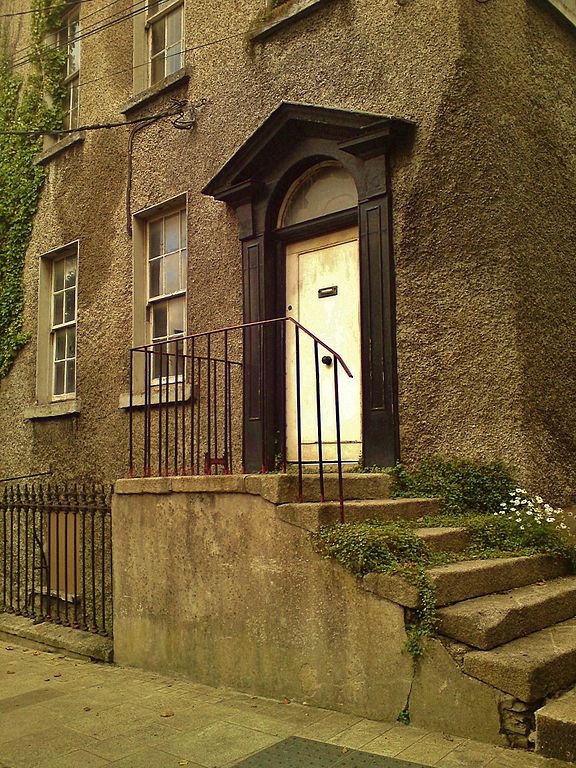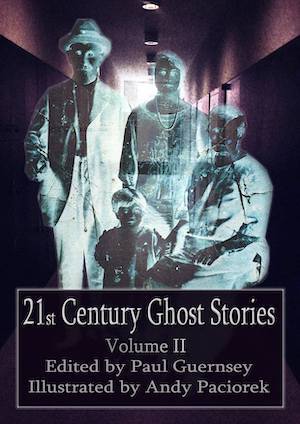
Sheridan Le Fanu’s Birthplace In the Old Village Of Capelizod, Dublin City, Ireland. Photo: Damien Slattery
Sheridan Le Fanu: Father Of The Victorian Ghost Story
As we’ve mentioned elsewhere on this site, the so-called golden age of the English ghost story—a time of immense popularity for the ghost-story genre—began near the start of Queen Victoria’s reign in 1837 and lasted until the beginning of World War I, a dozen years after her death in 1901. So, a great many, though not all, ghost stories from this golden period can be considered Victorian literature.
M.R. James, who is still considered to be one of the greatest crafters of ghost stories, produced most of his work in the early 1900s. But of course he owed a large debt to the classic Victorian writers who came before him—and by his own admission, none more than the Irish writer, Sheridan Le Fanu (1814-1873). Le Fanu was also greatly appreciated by his contemporary, Charles Dickens, who in his capacity as a magazine editor enthusiastically promoted Le Fanu’s work.
Le Fanu is now widely regarded as the “father” of the Victorian ghost story. In the words of Julia Briggs, author of Night Visitors: The Rise and Fall of the English Ghost Story (1977):
The work of all these writers of the [eighteen] sixties and seventies, however, was overshadowed by that of one man, who has high claims to be considered one of the finest ghost story writers of all time, Joseph Sheridan Le Fanu. M.R. James considered that ‘he stands absolutely in the first rank as a writer of ghost stories.’ . . . It is the quality of his insights which make his work remarkable; his intuitive understanding and vivid portrayal of fear, guilt and anxiety lifts his writing to true distinction, as his best critics have observed. . . . Behind Le Fanu’s imaginative descriptions of psychological states, especially the states of fear, lay a profound concern with the relationship between mind and body, and the way one might exert its influence over the other.”
Le Fanu produced a number of ghost story collections including In A Glass Darkly, which was published in 1872 just a year prior to his death and contained his most famous short story, Green Tea, about a demonic monkey that relentlessly haunts a rural clergyman.
In addition to his ghost stories, Le Fanu was also a master of gothic horror whose work helped define our contemporary horror genre. His vampire novel, Carmilla (1871), seems to have served as a model for Dracula, the famous horror novel by his fellow Irishman, Bram Stoker.
According to Briggs, “Carmilla, Le Fanu’s treatment of the vampire legend, also shows modern psychological insights by linking the horror of the vampiric relationship with the theme of perverse sexuality, which it enhances and emphasizes. . . . the Victorian equation of obscure and forbidden sexual desires with sinister, even supernatural, powers, is clearly revealed.”

